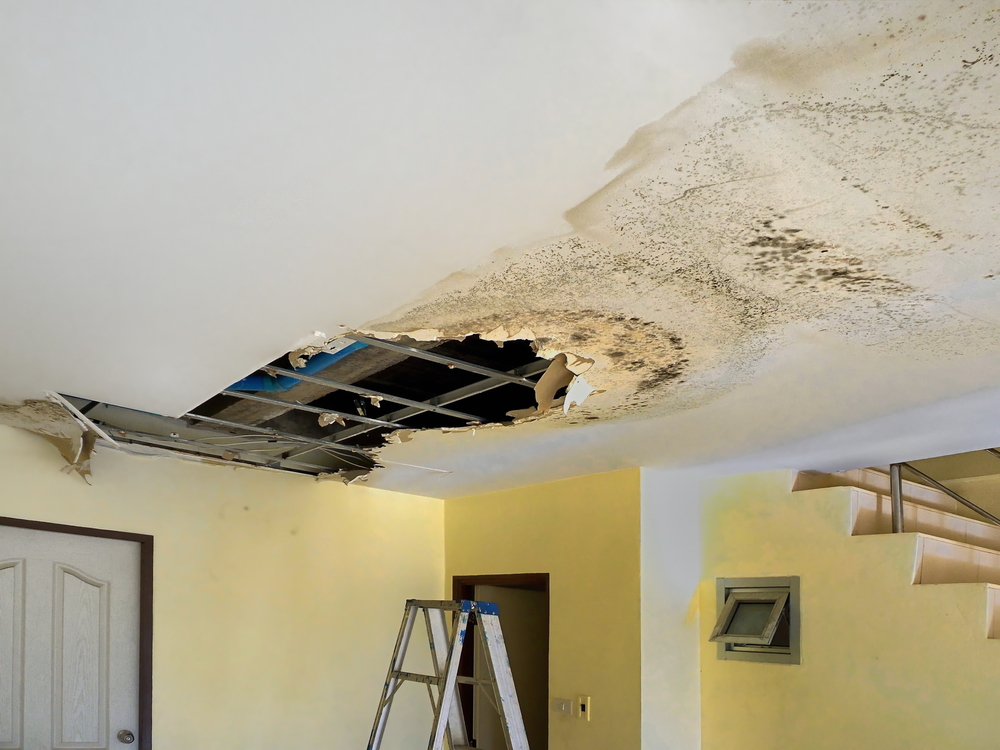6 Ways to Discover Concealed Water Leakages in Your Residence
6 Ways to Discover Concealed Water Leakages in Your Residence
Blog Article
Have you been trying to locate answers about Locating water leaks?

Early detection of dripping water lines can reduce a prospective calamity. Aside from conserving you cash, it will lessen the aggravation and aggravation. The moment you locate a leakage, calling your plumber for repair work is the best remedy. Some small water leakages may not be noticeable. If you can not find it with your naked eyes, below are some hacks that help.
1. Check Out the Water Meter
Checking it is a surefire means that helps you discover leaks. If it moves, that indicates a fast-moving leak. This suggests you might have a slow leakage that might also be underground.
2. Examine Water Usage
If you identify unexpected changes, despite your consumption being the very same, it indicates that you have leaks in your plumbing system. A sudden spike in your costs shows a fast-moving leak.
On the other hand, a stable rise on a monthly basis, despite the same behaviors, shows you have a slow-moving leak that's additionally slowly rising. Call a plumber to thoroughly inspect your home, specifically if you really feel a warm area on your flooring with piping beneath.
3. Do a Food Coloring Test
When it comes to water intake, 30% originates from toilets. Test to see if they are running effectively. Decrease specks of food shade in the tank as well as wait 10 minutes. If the shade somehow infiltrates your dish during that time without flushing, there's a leakage in between the storage tank and also bowl.
4. Asses Outside Lines
Don't forget to check your outdoor water lines too. Needs to water permeate out of the link, you have a loosened rubber gasket. One small leak can waste loads of water and increase your water costs.
5. Check and Analyze the Scenario
Homeowners must make it a behavior to check under the sink counters as well as also inside cabinets for any type of bad odor or mold and mildew development. These two red flags suggest a leakage so prompt attention is needed. Doing regular inspections, even bi-annually, can save you from a major issue.
If you know your home is already old, keep a watchful eye on your heating systems, tubes, pipelines and so on. Look for discolorations as well as damaging as the majority of pipes as well as devices have a life expectancy. They will certainly likewise naturally wear away as a result of deterioration. If you suspect leaking water lines in your plumbing system, do not await it to escalate. Call a professional plumber immediately so you don't wind up with an awful mess in your house.
Early discovery of leaking water lines can minimize a prospective calamity. Some small water leaks may not be noticeable. Checking it is a guaranteed means that helps you find leakages. One tiny leak can throw away lots of water and surge your water costs.
If you presume dripping water lines in your plumbing system, don't wait for it to intensify.
Tips for Detecting Hidden Plumbing Leaks
Check for Signs of Water Damage
We recommend that you check the following places for evidence of water damage:
Near where you store your water heater
Around your sump pump
In areas where pipes are visible
Underneath cabinetry or a vanity beneath a sink
Where your outside hose bib isIf water damage is present, you may also notice mold and/or mildew or smell a foul or musky odor. You might also be able to hear the sound of water running where it shouldn’t be.
Perform a Water Meter Test
One of the easiest ways to determine whether you have a hidden leak on your property is to test your water meter. Turn off all appliances in that use water and make sure you don’t have any faucets running. Locate your water meter and record the reading on it. Continue to leave everything off for a minimum of two hours and then go back and see the meter reading. If it’s a noticeable difference, chances are you have a hidden plumbing leak.
Monitor Your Outside Usage
As the seasons change, you might use more water to keep your yard lush and green and your flowers blooming. However, it’s important to routinely ensure that your sprinkler or irrigation system is working properly and that any outside faucets are completely off. This way you’re not wasting any water.
Do the Toilet Food Coloring Test
Are you kept up at night because your toilet continues to run? If you’ve noticed your toilet randomly refills, especially when it’s not in use, it could mean you have a defective flapper tank and water will leak into the bowl. Fortunately, there’s an easy (and kind of fun!) way to test whether you’re dealing with this issue. Grab some food coloring and add a few drops into your toilet’s tank. Wait 15 minutes and then check to see whether the water in the bowl is colored. If it is, you have a leak within your toilet and the internal assembly will need to be repaired or replaced.
https://www.carterservices.com/blog/2020/february/tips-for-detecting-hidden-plumbing-leaks/

I was made aware of that write-up on Hacks to detect leaks from a friend on a different web property. For those who liked our blog entry please remember to pass it around. I praise you for your time. Visit again soon.
Report this page